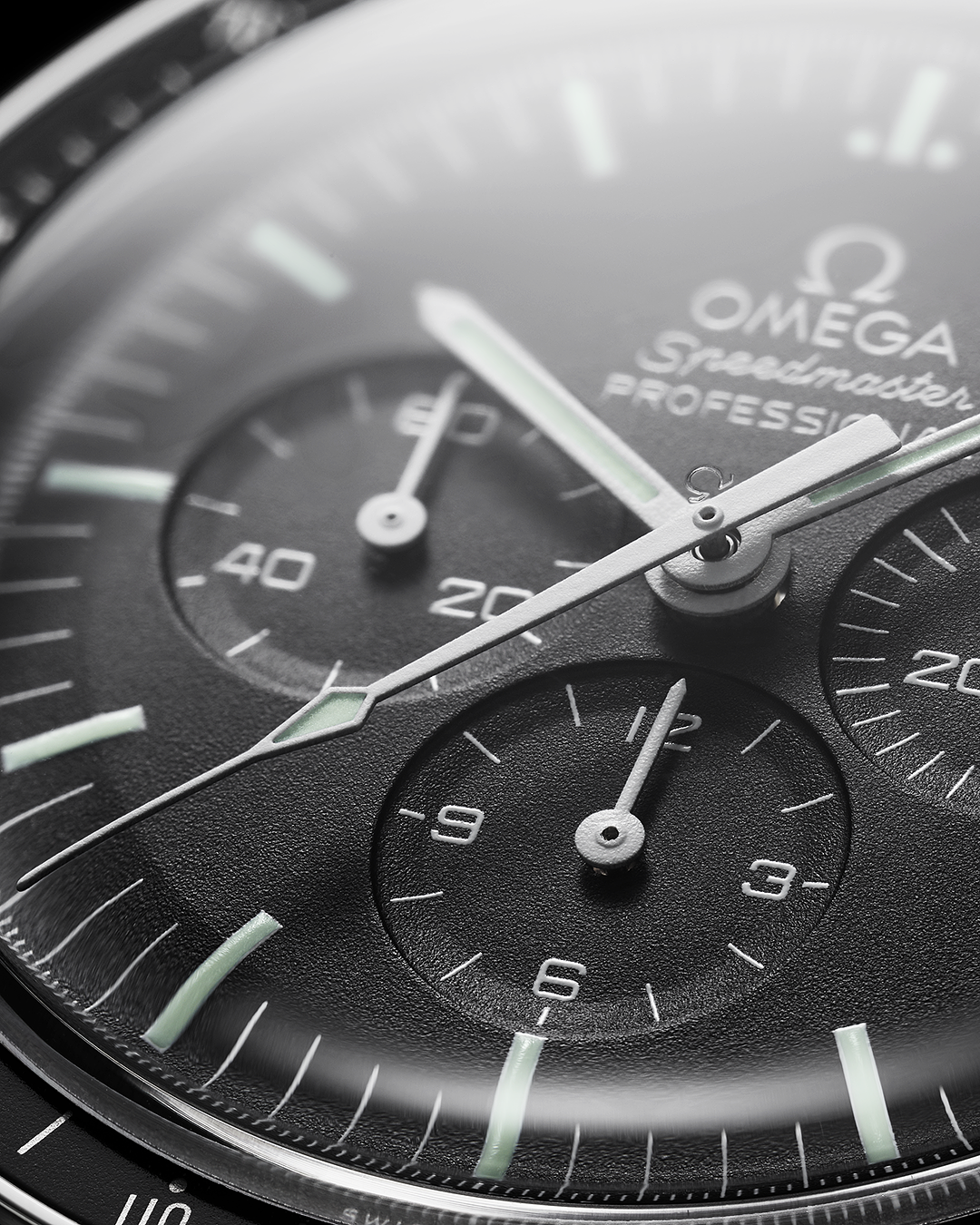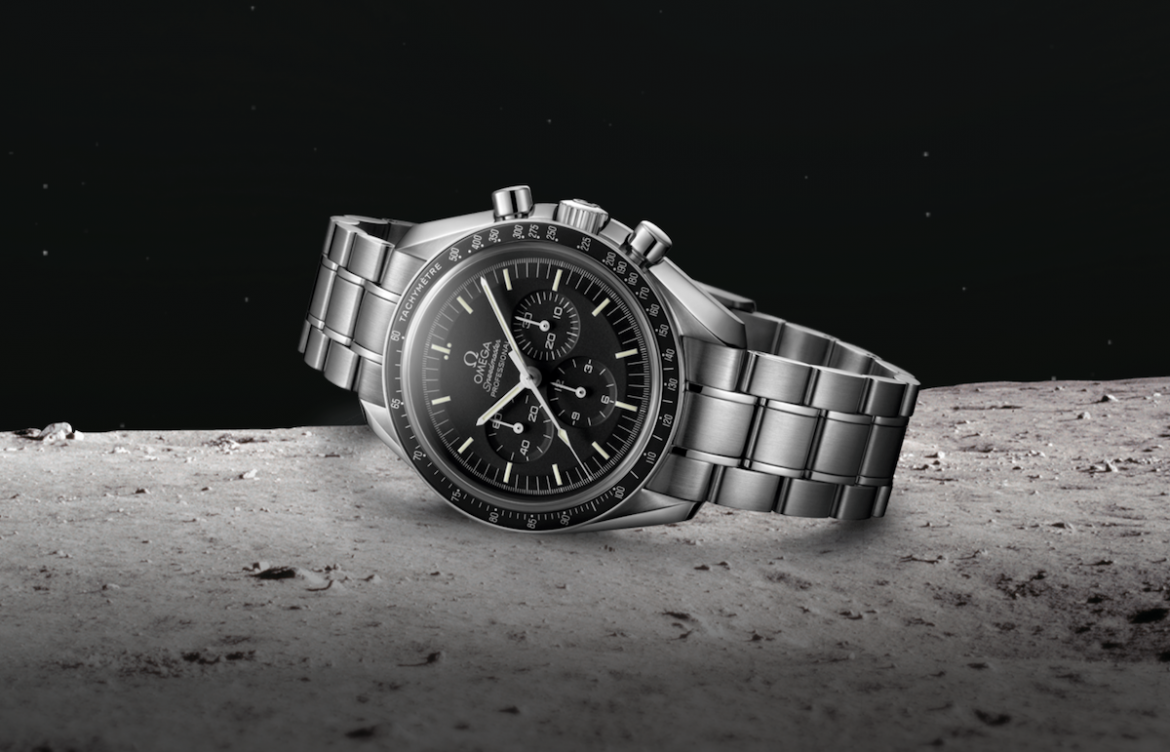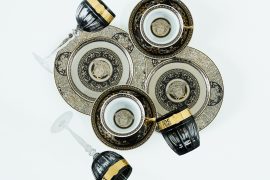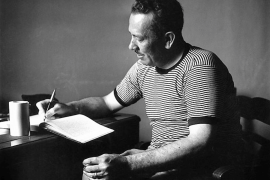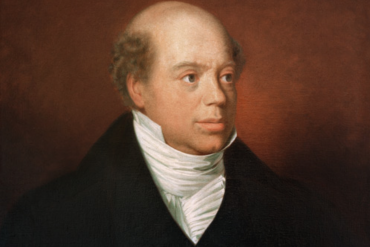When the Apollo 13 mission lifted off on April the 11th 1970, nobody on board, nor on the ground, could ever have anticipated the drama and near disaster that lay ahead.
The crew, commanded by veteran astronaut James Lovell, was destined for the moon. This was to be the third ever human lunar landing, and the next successful chapter of the Apollo project. Together with Command Module Pilot Jack Swigert, and Lunar Module Pilot, Fred Haise, the three astronauts were each equipped with OMEGA Speedmaster Professional chronographs – part of NASA’s official kit for all manned missions since 1965.
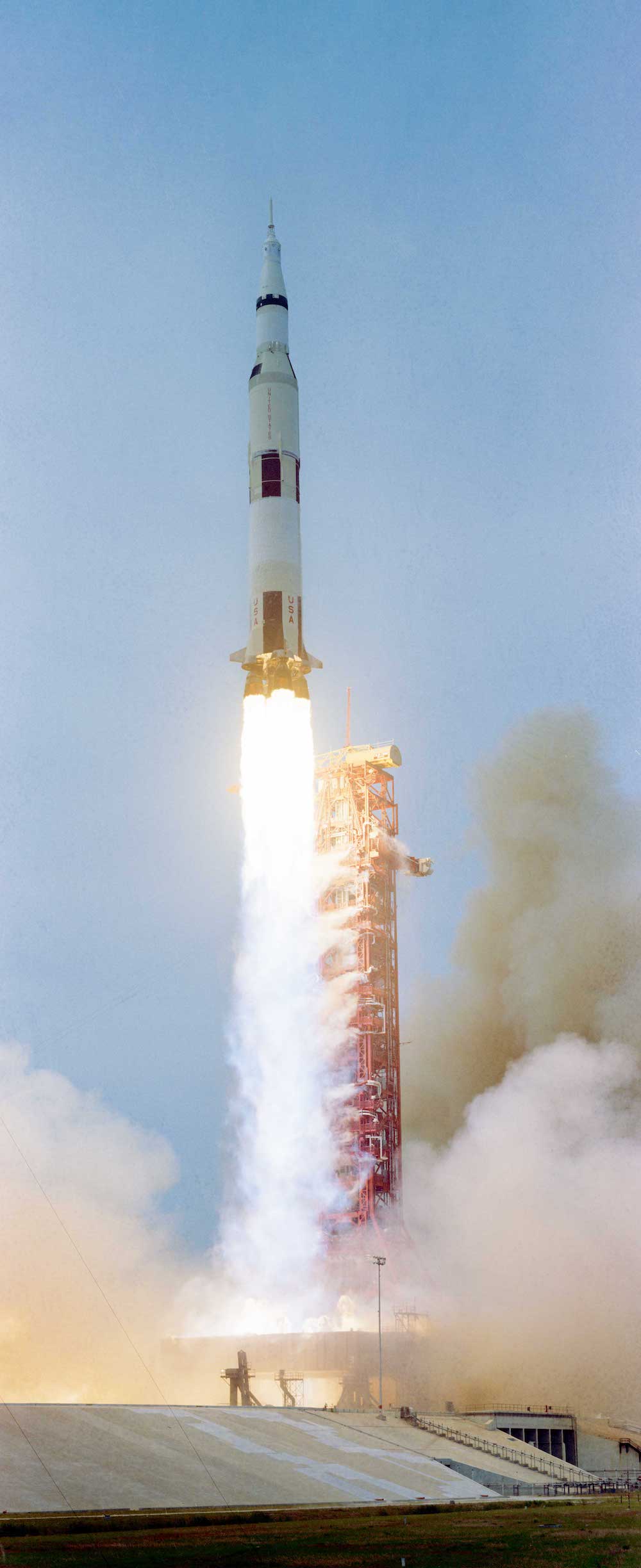
As always, the timepieces had been issued as a vital piece of mission equipment. As described by James Ragan, the NASA engineer who first tested and qualified the OMEGA Speedmaster in 1964, “The watch was a critical backup. If the astronauts ever lost the capability of talking to the ground, or the capability of their digital timers, the only thing they would have to rely on would be the watches on their wrists. It needed to be there for them if they had a problem.”
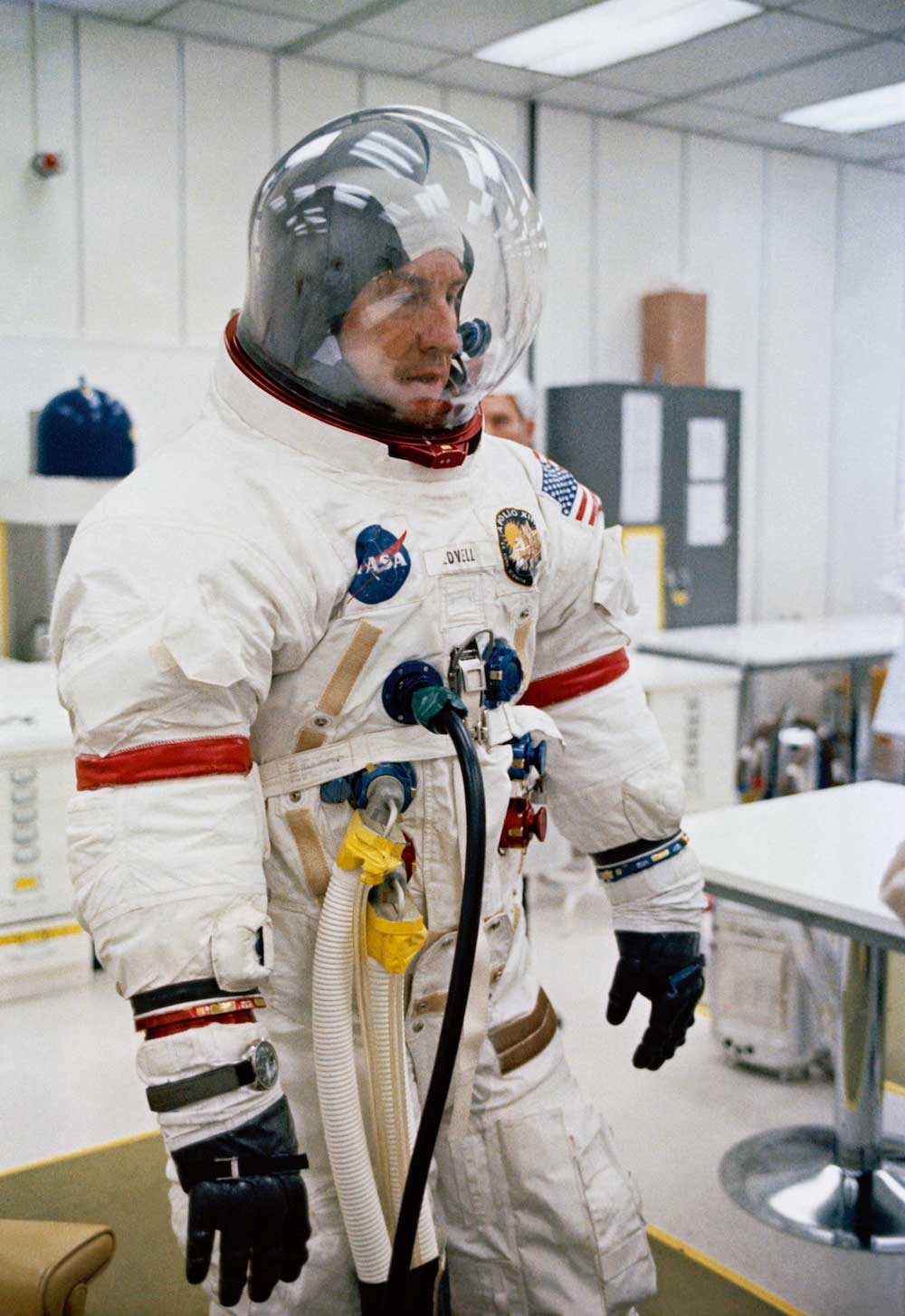
Indeed, a major problem did occur for Apollo 13 just two days after launch. When an oxygen tank exploded on board, it crippled the Service Module and plunged the astronauts into a truly perilous situation. The mission to the moon was abandoned. Now, it was simply about getting the crew home safely.
Part of the innovative rescue strategy, directed from Houston, was to move the astronauts into the Lunar Module. This craft, however, was not built to support so many people for such a long time. Therefore, to conserve energy, the crew shut down nearly all power – rendering their digital timers obsolete, and leaving the astronauts at the mercy of dark and freezing conditions.
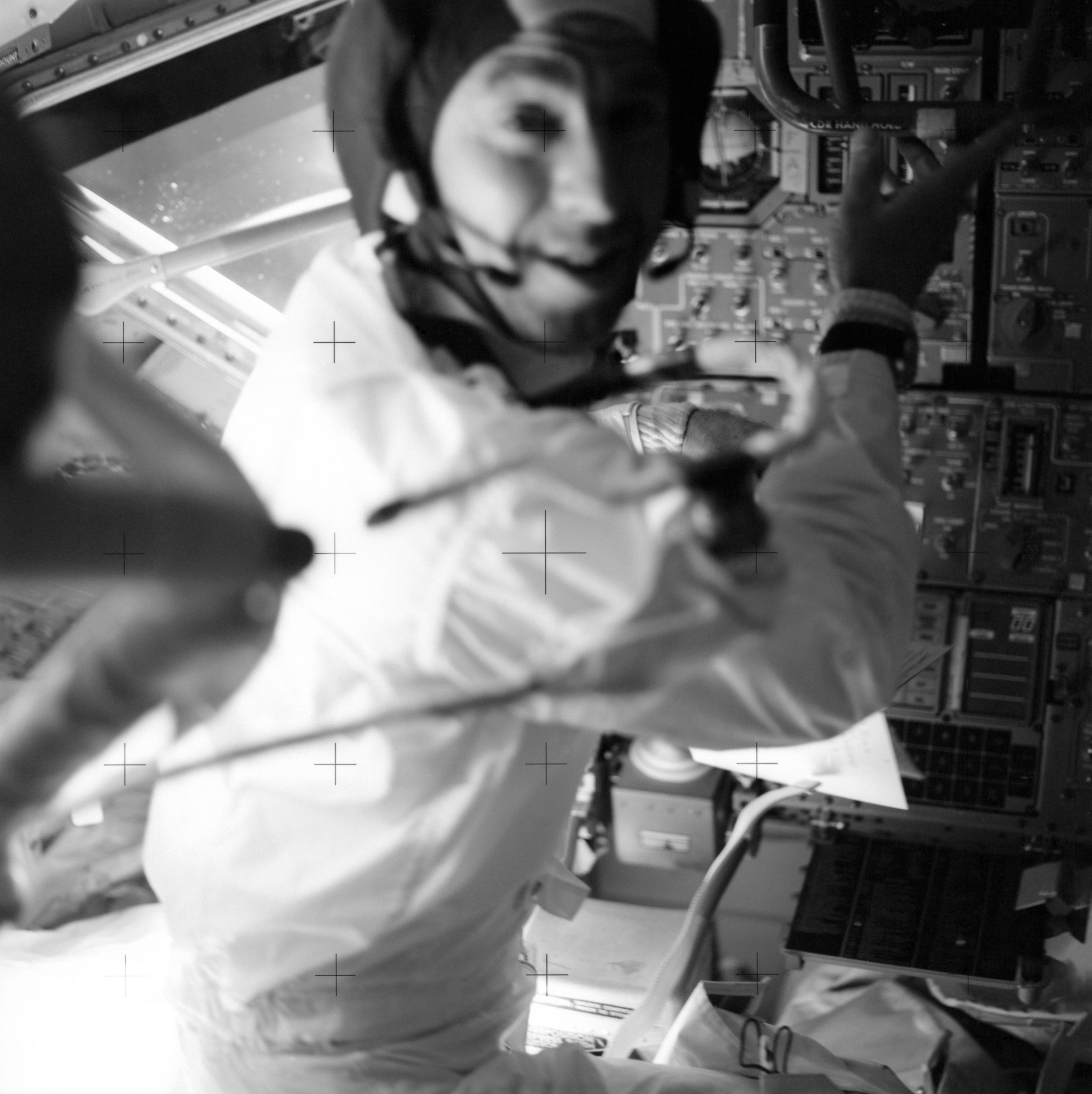
Apollo 13 faced many serious challenges over the next several days, as NASA worked around the clock to overcome the increasingly volatile situation. But it was at the final hurdle, when OMEGA’s essential precision was called for.
Because the mission had drifted off course by roughly 60 to 80 nautical miles, it meant that the module would re-enter Earth’s atmosphere at the wrong angle, and bounce back into space with no chance of recovery.
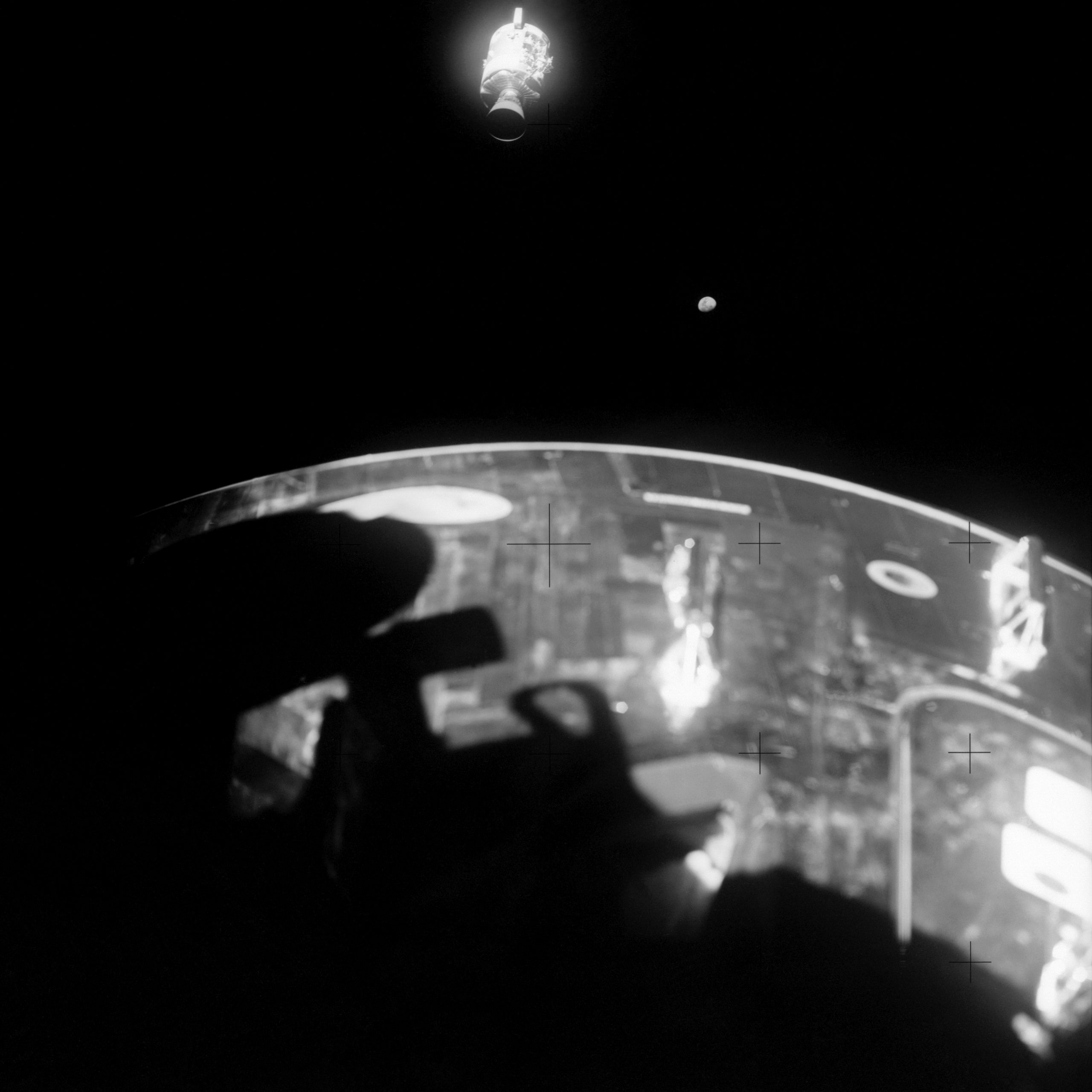
Therefore, to manually readjust the course of the craft, an exact 14-second burn of fuel was required. There was simply no room for error. Without their digital timers, Swigert instead used his OMEGA Speedmaster chronograph to time the burn, while Lovell guided the craft using the Earth’s horizon as his guide.
As Mission Commander James Lovell would later say, “We used the OMEGA watch that Jack had on his wrist and I had to control the spacecraft. Jack timed the burn on the engine to make that correction to get us back home safely.”
To huge relief, the unique manoeuvre worked perfectly, and finally, on April 17th, 142 hours and 54 minutes after launch, Apollo 13 splashed down safely in the South Pacific Ocean. The watch had played its part, and performed exactly as intended.
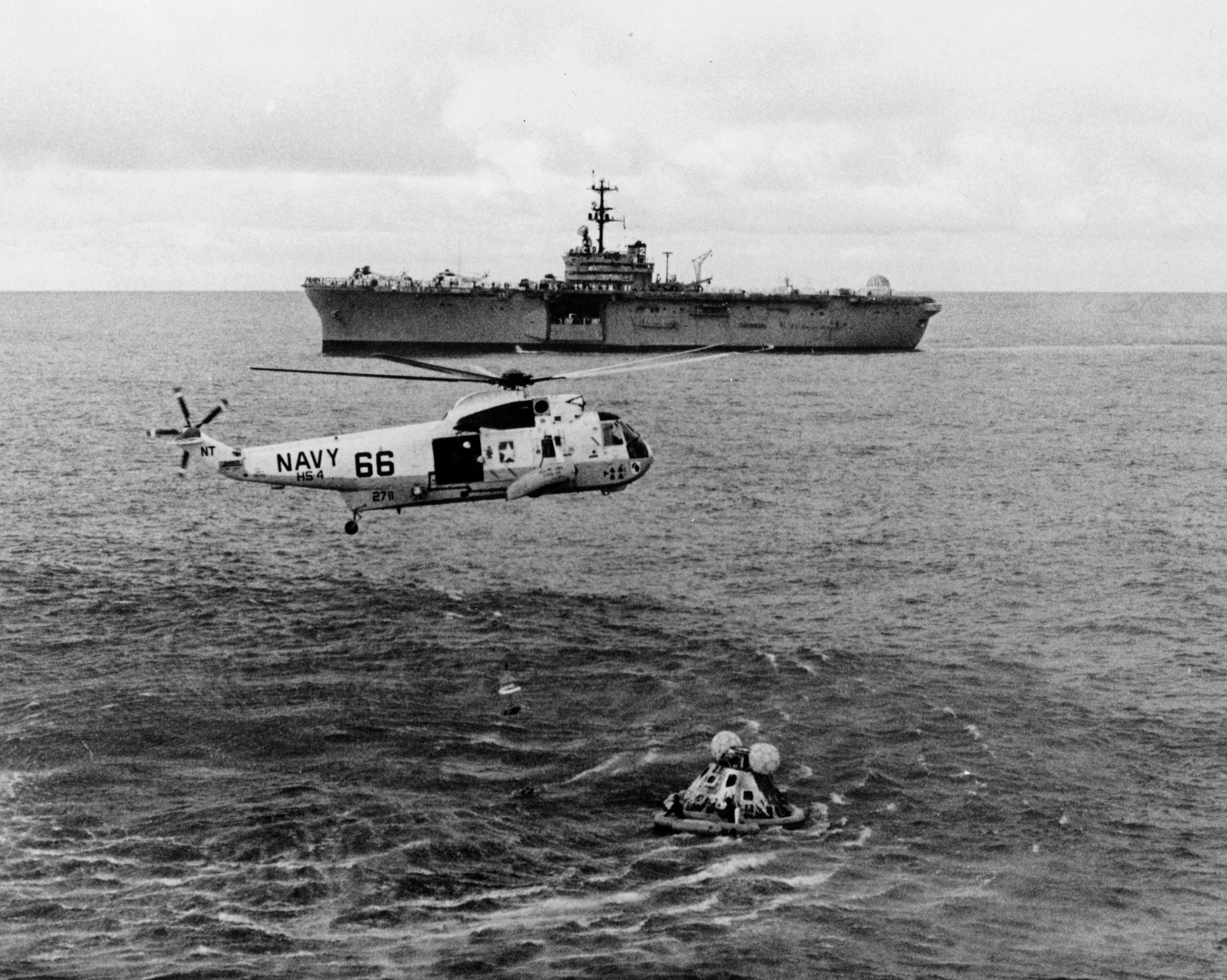
Later that year, on October 5th 1970, OMEGA was presented with NASA’s “Silver Snoopy Award” – as a mark of gratitude for its contributions to the success of human space flight missions. When this prestigious award was first created, Snoopy was chosen as NASA’s unofficial mascot because of his ability to keep things light in serious situations. He also emphasized mission success and acted as a “watchdog.”
Still today, the sterling silver lapel pin is a prized reminder of OMEGA’s history in space exploration, and especially the major role it played in the “successful failure” of Apollo 13.
Omega Speedmaster – The World’s most famous chronograph
The OMEGA Speedmaster Professional Chronograph has a unique place in the history of space exploration as the only piece of equipment used in all of NASA’s piloted space missions from Gemini to the current International Space Station program. When Buzz Aldrin stepped on the lunar surface in 1969, he was wearing a Speedmaster Professional, the chronograph that has been known as the Moonwatch ever since.
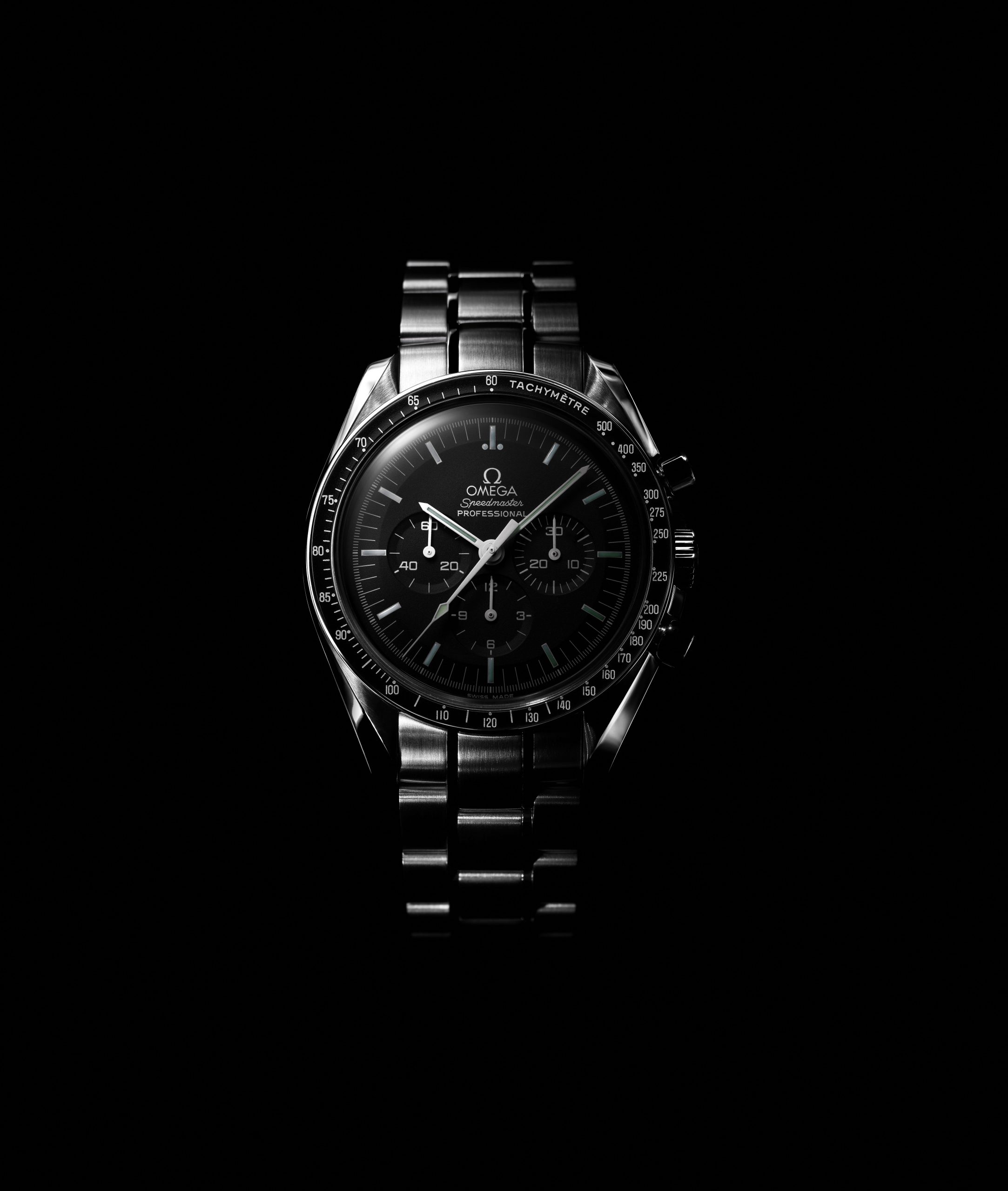
Until 1968, the Speedmaster was powered by the iconic calibre 321 which was later changed to calibre 861. This was updated with the high-grade rhodium-plated finish of the calibre 1861 and the more embellished 1863. Today, the timepiece is driven by virtually the same hand-wound movement trusted by NASA’s astronauts on the Moon.
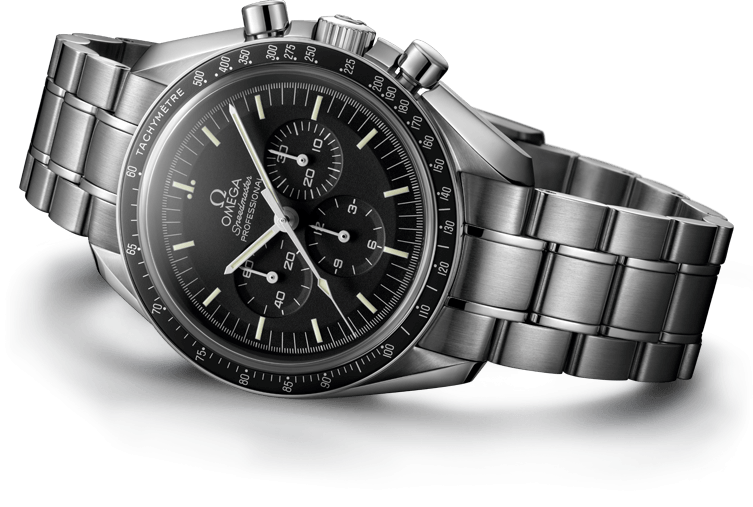
The new OMEGA Speedmaster Professional “Moonwatch” features a black dial covered by a hesalite crystal and graced by a small seconds sub-dial, 30-minute recorder and 12-hour recorder along with a central chronograph hand. The black bezel, with its tachymetric scale, is mounted on a 42 mm stainless steel case and presented on a matching bracelet.
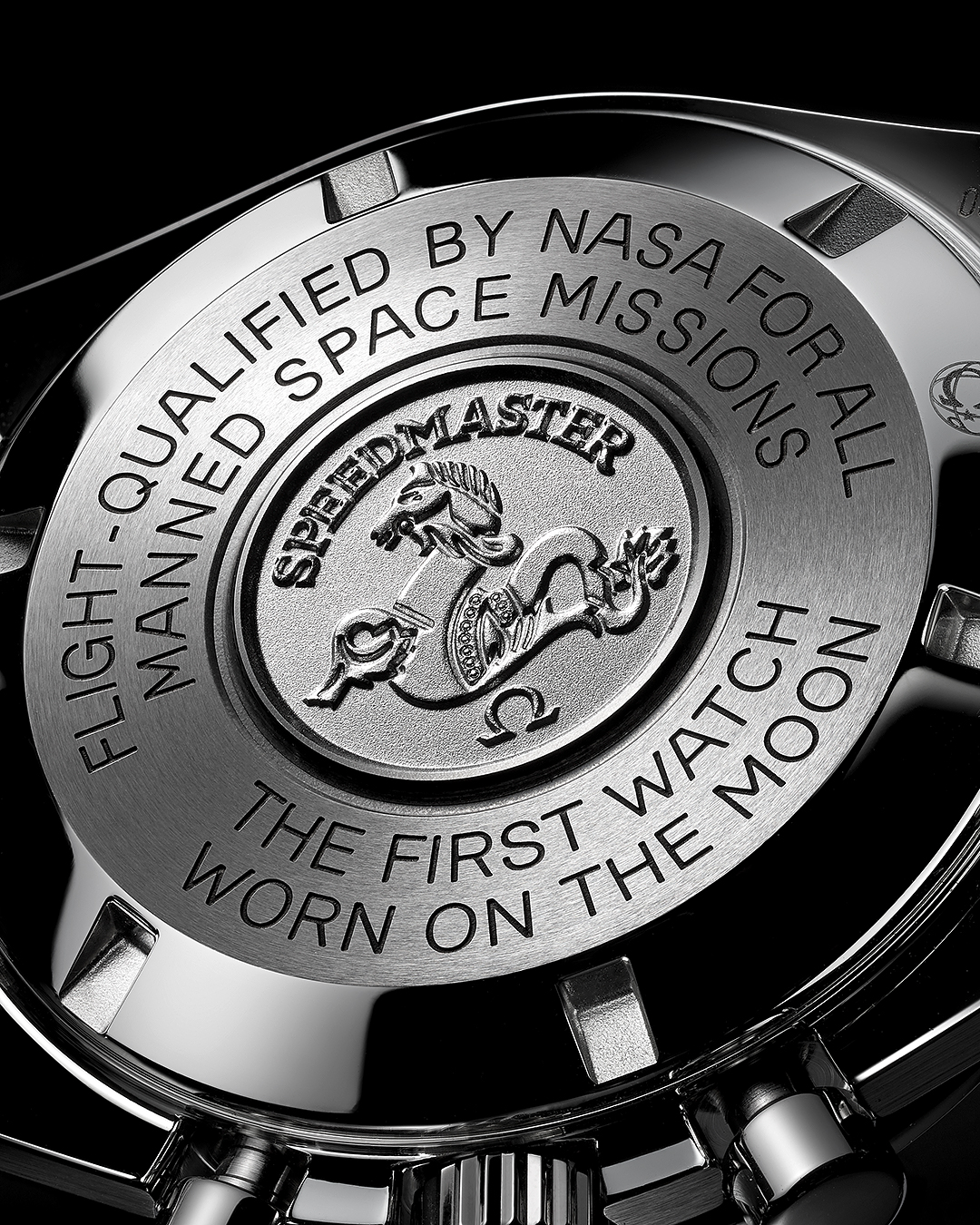
At the heart of this chronograph is OMEGA’s mechanical calibre 1861, the legendary manual-winding movement worn on the Moon. This timepiece is offered with a special Moonwatch presentation box which contains a “NATO” strap, a strap for astronauts, a tool to change the bracelet and a book highlighting Speedmaster’s adventures.
